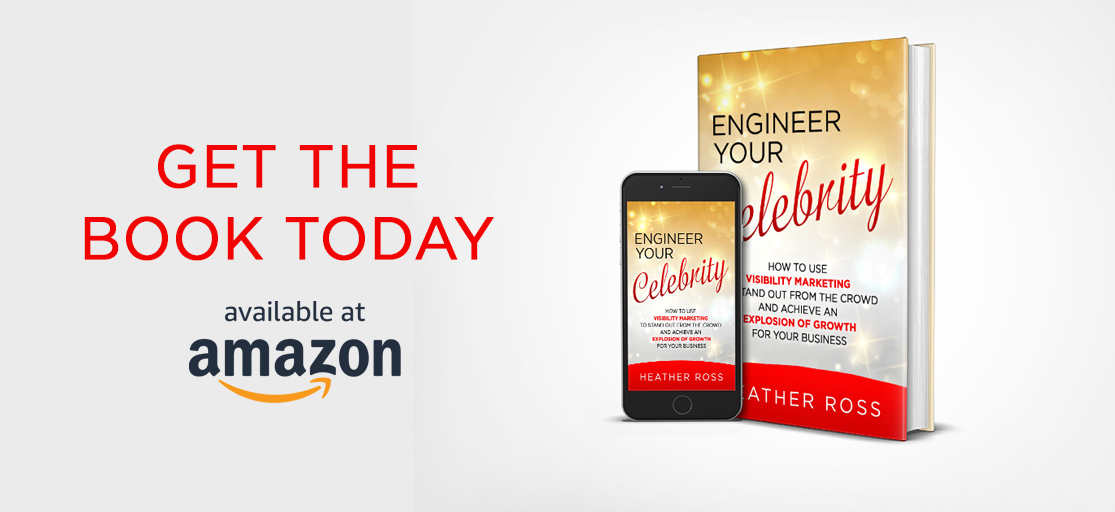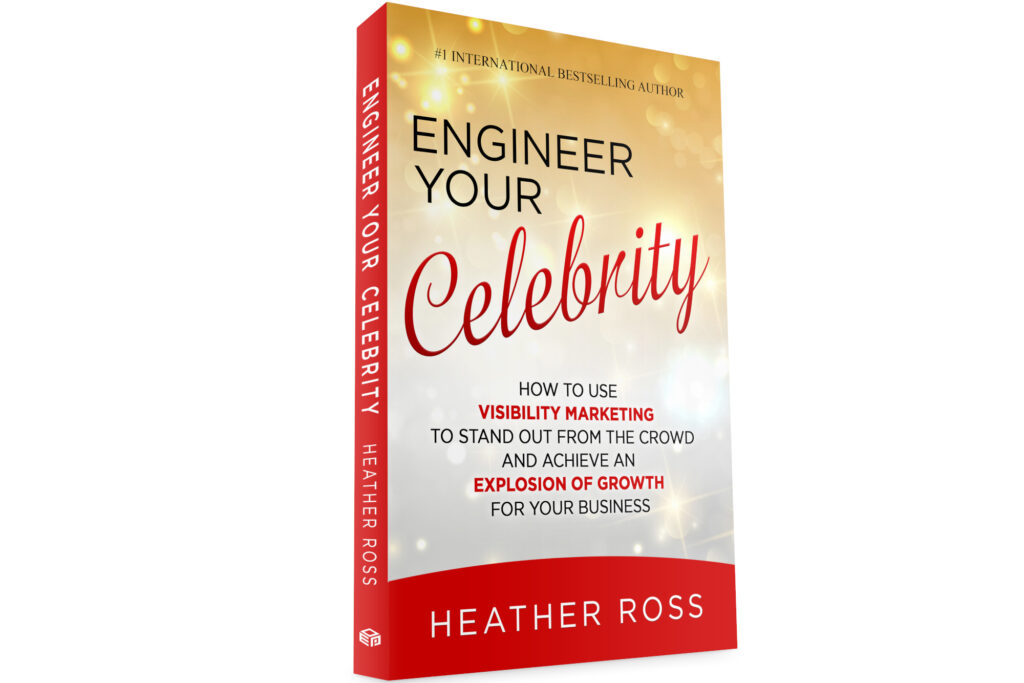Writing articles for publication is not at all difficult or time-consuming, once you get a sense for what article directories are looking for. How are you structuring your articles?
While each article directory may be a little different, in general they want unique content, with good spelling and grammar, with a minimum of 250-300 words. Personally, I think it’s always a good idea to aim for a nice, solid 400 word article so you can really build a relationship with your reader.
Structuring Your Articles
With this in mind, there are some simple ways for structuring your articles. A good general rule when writing an article is to follow these three steps:
- Tell them what you’re going to tell them (this is the introduction).
- Tell them (the body).
- Tell them what you told them (the conclusion).
Formatting
Now that you’ve got an idea of structure, here are some formats that make for quick article writing:
- “Five Ways to…” This article provides an introduction, followed by a number of different examples illustrating the topic. For instance, you could write, “Five Ways to Get Your Kids to Brush Their Teeth.” Each example would include a short explanation.
- “How to…” This article is an instructive piece. The introduction is followed by specific steps for accomplishing the goal, such as, “How to File Your Taxes Electronically.” By reading your article, the reader should be able to follow the steps and achieve the stated outcome.
- “The Most Common Question(s) About…” This structure allows the writer to set up a question-and-answer style article, for instance, “The Most Common Questions About Diabetes.”
The benefit of structuring your articles with this approach is that they practically write themselves. You don’t have to be Hemingway or Shakespeare, you simply write a list of instructions, questions, or tips, and then fill in the blanks with a few sentences about each one.
Another beauty is that you can use each of these over and over again: “Five Ways to Get Your Kids to Pick Up Their Toys,” “Five Ways to Get Your Kids to Stop Fighting,” etc.
If you think these structures are too repetitious, just look at the cover of any magazine; every issues will include at least a few of these types of articles. And if it’s good enough for “Cosmo” or “GQ,” it’s good enough for you!

Bio Box
At the end of each article, don’t forget to include a bio box (also known as a resource box). This is a chance to link to your blog and tell the reader a bit about yourself.
The best bio boxes are short, to the point, and flow nicely from the article text.
Don’t get caught up in telling about every professional course you’ve taken. You want people to move directly to your link and click.
Grab their attention, lead them through the article, and pull them to your blog. Mission accomplished!







